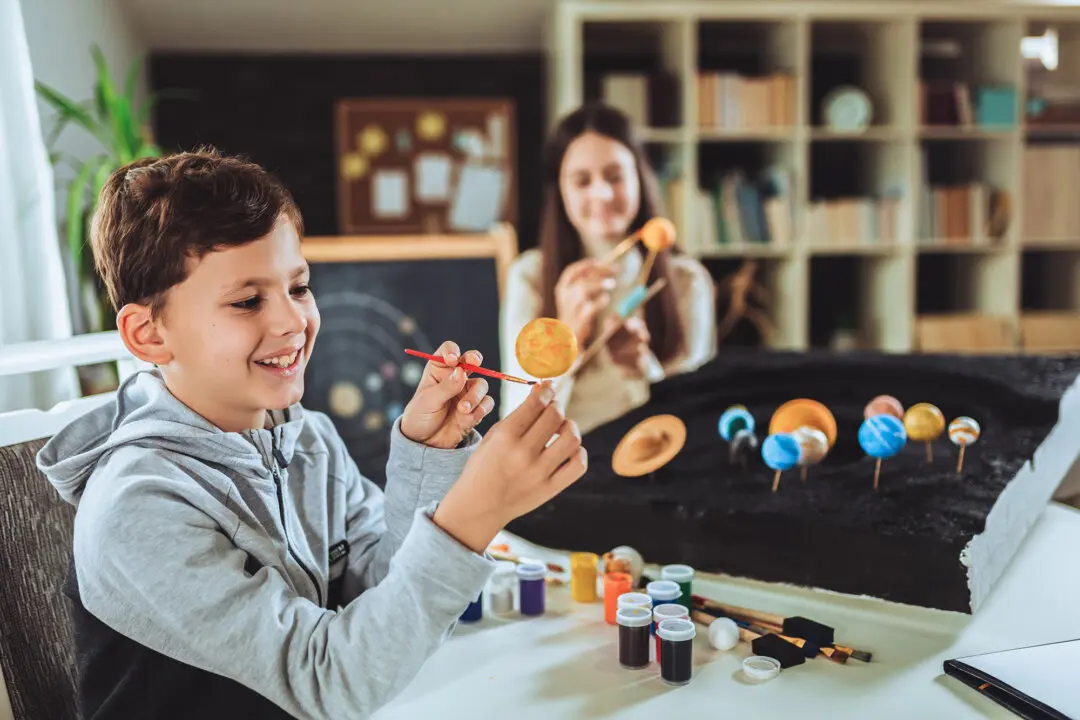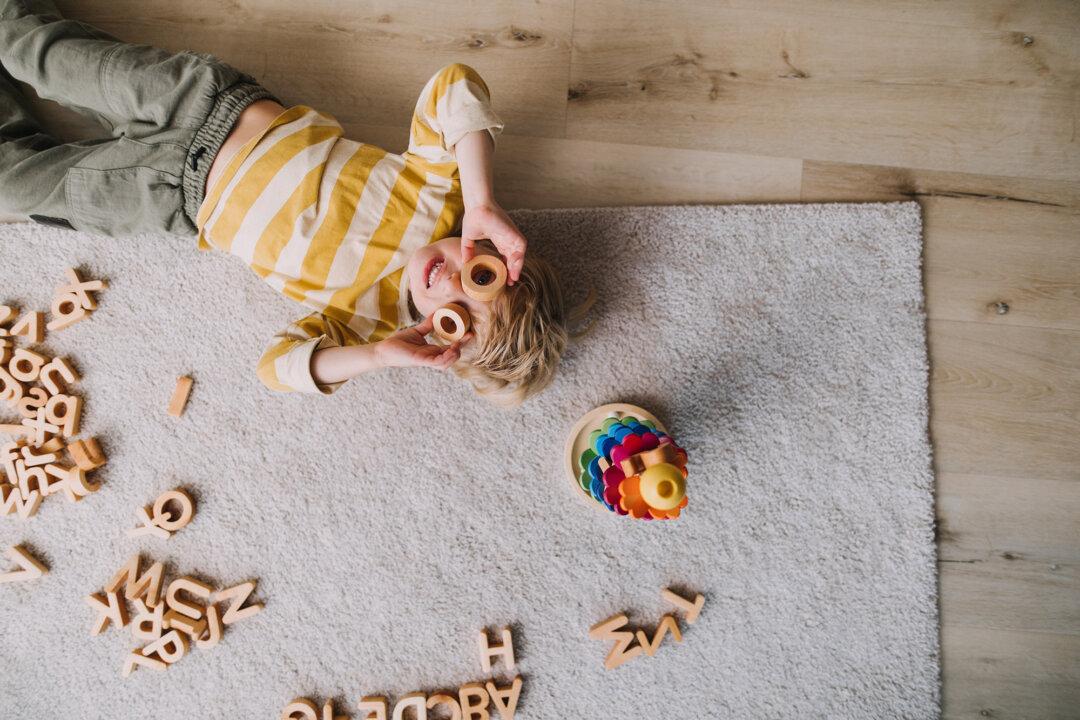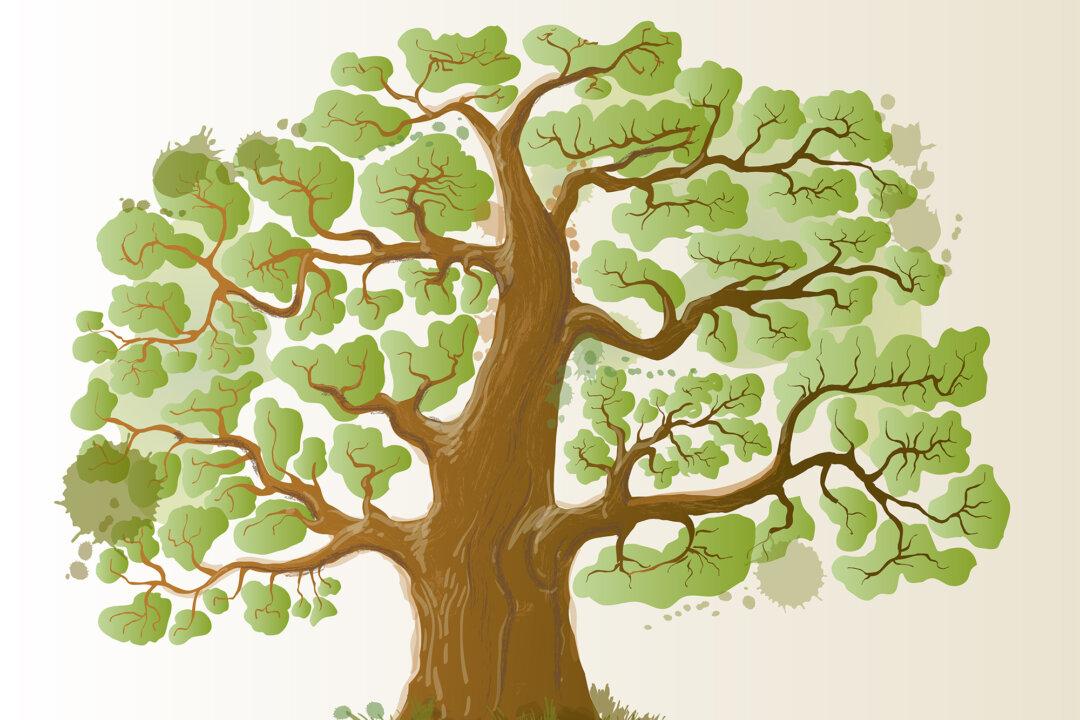From the elm-tree’s topmost bough, Hark! the Robin’s early song! Telling one and all that now Merry spring-time hastes along; Welcome tidings dost thou bring, Little harbinger of spring; Robin’s come!
—William Warner Caldwell
Yes, the American robin, the little harbinger of spring, is a year-round resident throughout most of the United States. The robin is often the first bird you’ll spot in early spring as male and female pairs begin building their nests and eventually raising their young together.





